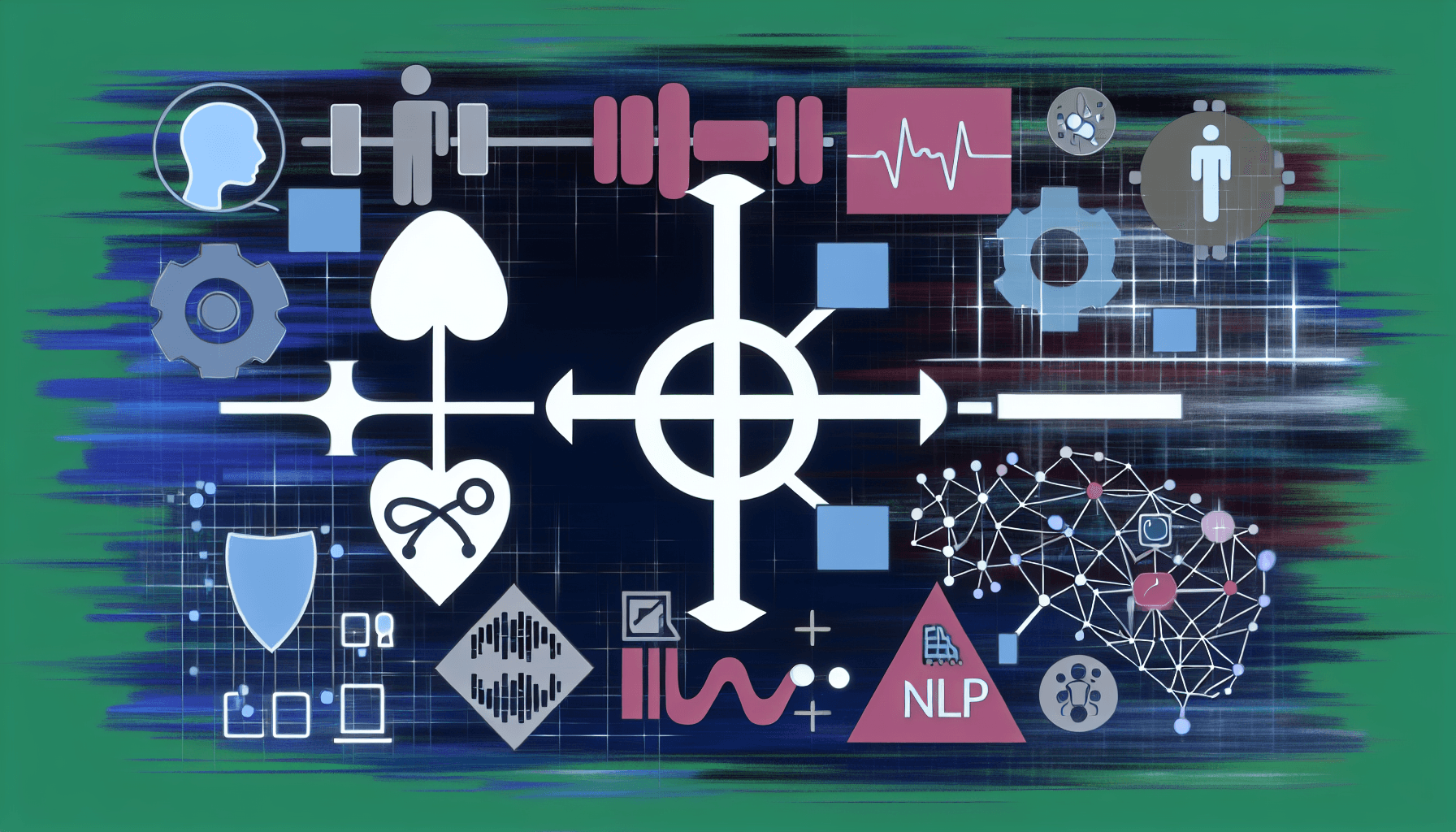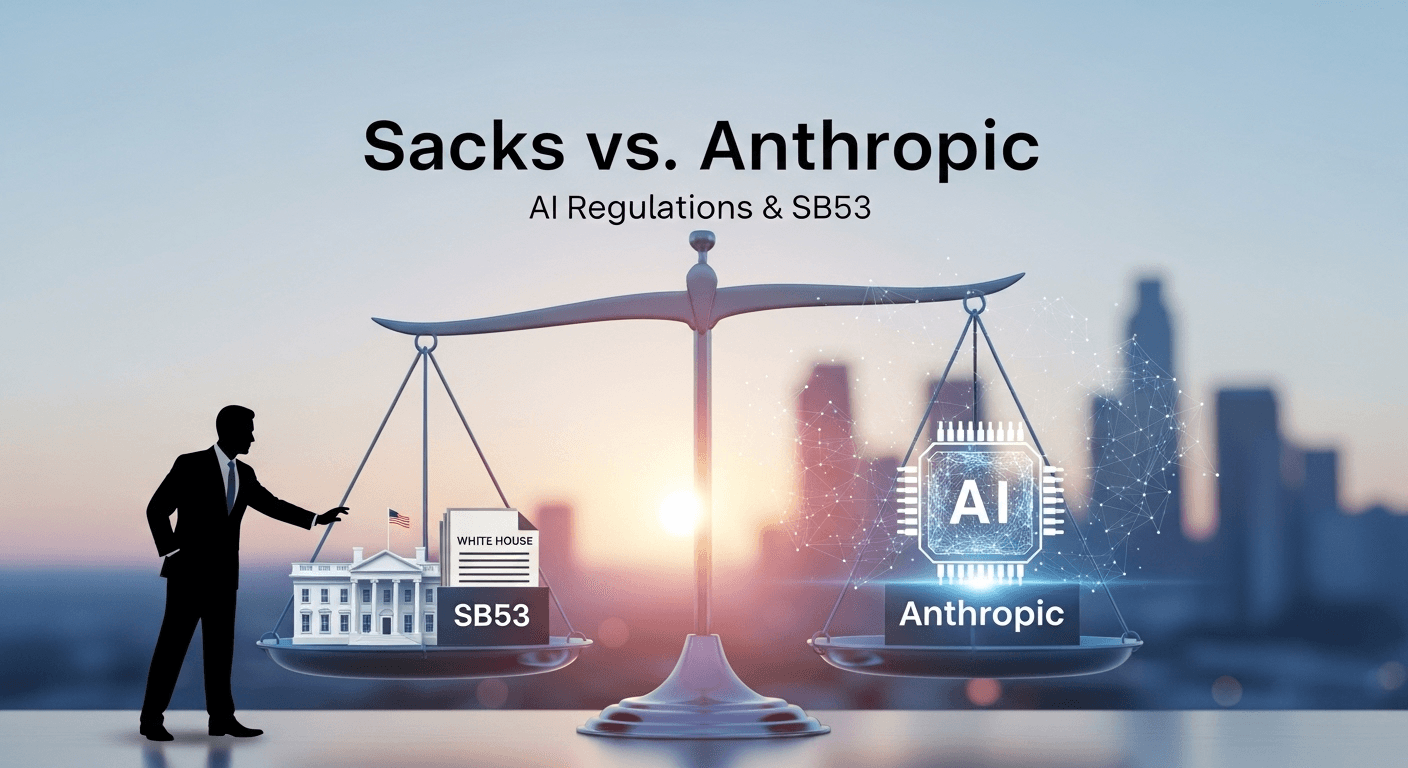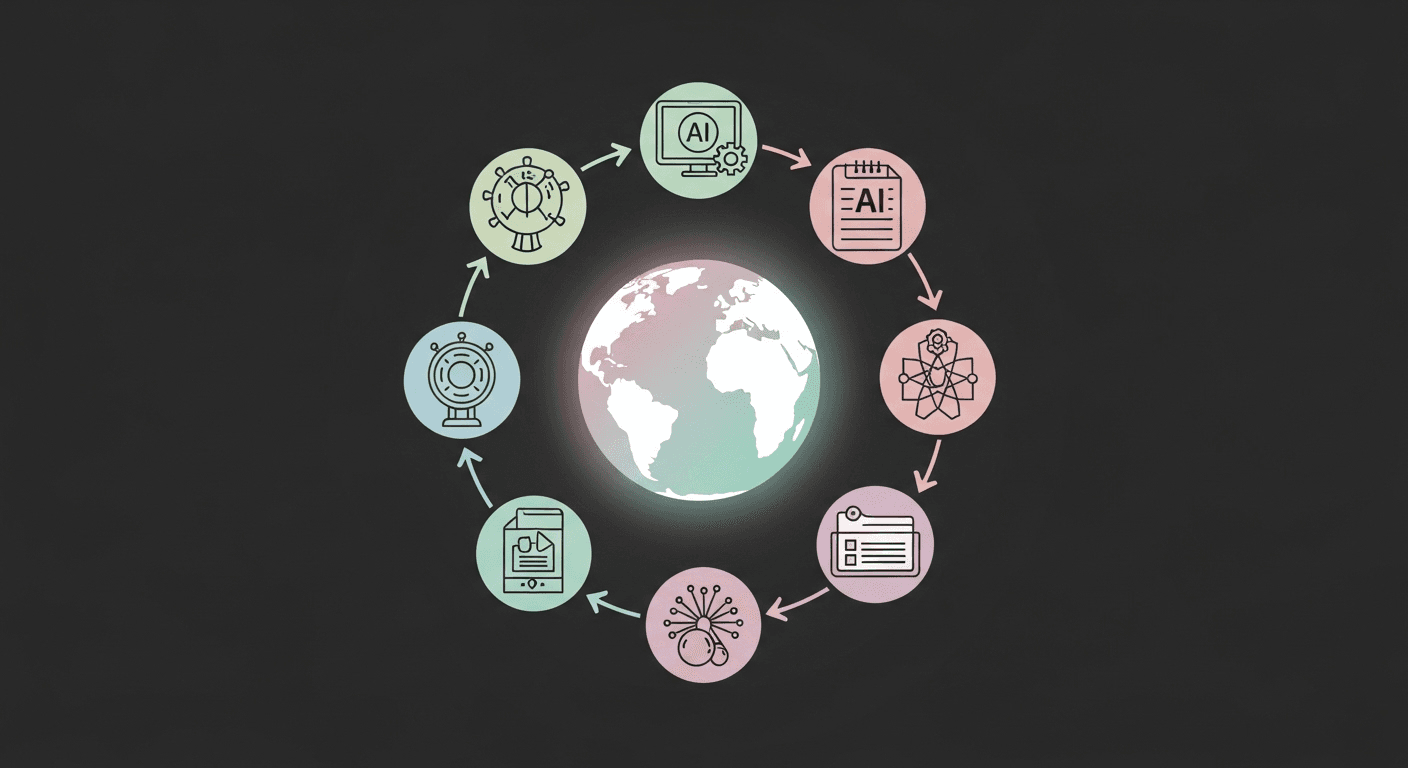AI Meets NLP: The Importance of Pretraining Models

Introduction to Pretraining Models in NLP
In the rapidly evolving field of artificial intelligence (AI), natural language processing (NLP) stands out as a crucial area of study and development. NLP is making significant strides thanks to the introduction of pretraining models, a pivotal advancement that enhances how machines understand human language. This article delves into the essence of pretraining models in NLP, their revolutionary impact, and why they are considered foundational for building more advanced AI systems.
The Evolution of NLP Technologies
Natural language processing has come a long way from its initial stages, where simple rule-based algorithms were the norm. The integration of machine learning, and more specifically deep learning, has dramatically shifted the landscape. Modern NLP technologies utilize complex models that can understand and generate human-like text, thanks to the vast amount of data they are trained on. This evolution is largely fueled by the advent of pretraining models, such as BERT (Bidirectional Encoder Representations from Transformers) and GPT (Generative Pretrained Transformer), which have set new benchmarks in the field.
Understanding Pretraining Models
Pretraining models refer to the process where a model is first trained on a large corpus of text before it is fine-tuned on specific tasks such as sentiment analysis, question answering, or language translation. This initial phase of training, known as pretraining, allows the model to develop a deep understanding of language dynamics, syntax, and semantics. The knowledge gained during this phase is leveraged to achieve higher accuracy in downstream tasks, often surpassing traditional models that are trained from scratch for specific tasks.
Why Pretraining is Revolutionary
The importance of pretraining lies in its ability to provide a broad understanding of language, which can be fine-tuned to suit different applications, enhancing both flexibility and performance. By training on vast datasets, these models are able to capture nuances of language that are often missed by conventional methods. Pretraining models also reduce the need for extensive labeled datasets in subsequent training phases, which lowers the barrier to entry for organizations looking to harness the power of advanced NLP technologies.
Applications of Pretrained NLP Models
The applications of pretrained NLP models are diverse and transformative across numerous sectors. In healthcare, they assist in patient diagnosis by understanding clinical notes. In the business sector, they are utilized for customer service automation and sentiment analysis to glean insights from customer feedback. The legal field uses these models to interpret large volumes of documents, drastically reducing the time and effort required for compliance and reviews.
Challenges and Considerations
While pretraining models have opened up new possibilities, they also present challenges, including the need for significant computational resources for training and the potential for inherent biases in training datasets to be amplified. Addressing these issues requires careful consideration and ongoing research to ensure that NLP technologies are both effective and fair.
Looking Ahead: The Future of NLP
The future of natural language processing looks promising with the continuous advancements in pretraining models. Researchers and developers are working towards creating more efficient, adaptable, and less resource-intensive models. The goal is to make these powerful NLP tools accessible to more people and industries, paving the way for innovative applications that could transform how we interact with technology.
Conclusion
Pretraining models are more than just a technical evolution; they are a paradigm shift in natural language processing that is powering the next generation of AI applications. By understanding and harnessing these models, researchers and businesses can unlock new potentials in AI, making technologies smarter and more responsive to human needs. The journey of AI and NLP is far from complete, but with pretraining models, we are one step closer to creating machines that understand and interact in human language more effectively than ever.
Keywords: AI, NLP, pretraining models, BERT, GPT, machine learning, deep learning, language understanding, technology.
Thank You for Reading this Blog and See You Soon! 🙏 👋
Let's connect 🚀
Latest Blogs
Read My Latest Blogs about AI

Sacks vs. Anthropic: The High-Stakes Battle Over AI Regulations, Regulatory Capture, and California’s SB53
White House adviser David Sacks accuses Anthropic of manipulating AI rules. We explore SB53, the regulatory capture debate, and its implications for startups and federal policy.
Read more


